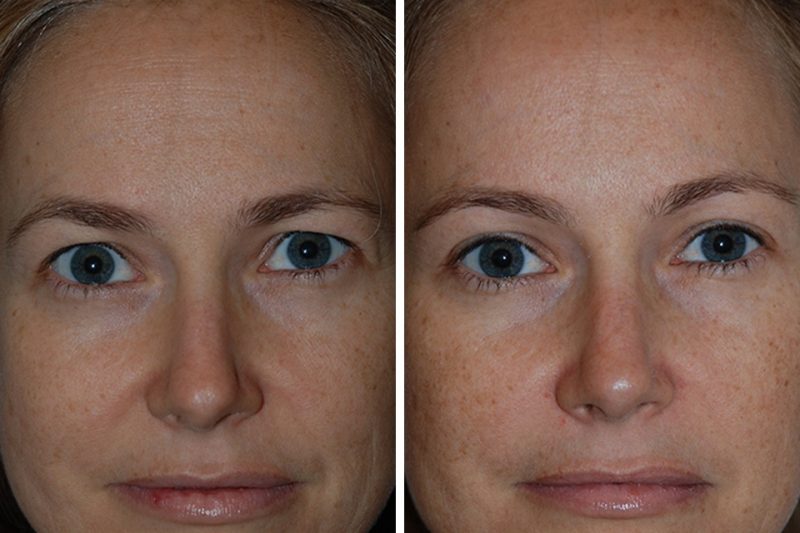Eyes, often touted as the windows to the soul, could very well be windows to our health too. Surprisingly, research suggests a possible correlation between eye color and susceptibility to certain health conditions. Let’s peek into the captivating link between the color of your eyes and what it might mean for your health.
Blue Eyes: Charming Yet Challenged
Vibrant and charming, blue eyes are often admired for their beauty. However, blue-eyed individuals may be more prone to certain conditions. According to Dr. Wes Heroman, “The lack of pigmentation associated with blue eyes could potentially make individuals more sensitive to light. They may also have a slightly higher risk of age-related macular degeneration.”
Green Eyes: Precious But Perilous
Green eyes may be beautiful and rare, but they also may be linked with some health risks. “Similar to blue eyes, the reduced pigmentation in green eyes might result in heightened light sensitivity. Some studies suggest a marginal increased risk of cataracts as well,” says Dr. Heroman.
Brown Eyes: Common Yet Peculiar
Brown is the most common eye color worldwide, associated with high levels of melanin pigmentation. As Dr. Wes Heroman points out, “People with brown eyes may be less prone to certain ocular diseases such as macular degeneration or cataracts. However, they might be at a slightly higher risk of developing certain types of glaucoma.”
Understanding Albinism: Complete Lack Of Pigmentation
Eyes with very minimal color or significant light sensitivity could be indicative of a condition known as albinism. Albinism is a genetic disorder characterized by a significant lack of pigmentation in the skin, hair, and eyes. “Albinism comes with its unique set of challenges, including a number of vision concerns like reduced visual acuity, light sensitivity (or photophobia), and involuntary eye movements (or nystagmus),” explains Dr. Heroman.
Pigment Dispersion Syndrome: More Than Just Eye Color
Unusual eye colors could also potentially signal a condition known as Pigment Dispersion Syndrome. As Dr. Wes Heroman elaborates, “Pigment Dispersion Syndrome is a condition where pigments from your iris shed and clog your eye’s drainage channels, increasing the pressure in the eye and raising the risk of glaucoma.”
Don’t Judge A Health Book By Its Cover
While this correlation between eye color and health risks is fascinating, remember, your eye color is just one aspect of your health profile. As Dr. Heroman aptly puts it, “While certain conditions may exhibit a higher prevalence among individuals with certain eye colors, it’s vital to remember that this does not conclusively determine one’s health status or disease risk.” Regular eye and health exams are key to detecting and managing any potential issues.
Conclusion: Colorful Insight Into Your Health
The color of your eyes is a unique trait that can tell a story beyond mere aesthetics, providing potential insight into your health. Whether your eyes are blue, green, brown or another hue, it’s important to remember that proactive measures and regular checks with your healthcare professional can ensure your eye color continues to be a source of fascination rather than concern.





